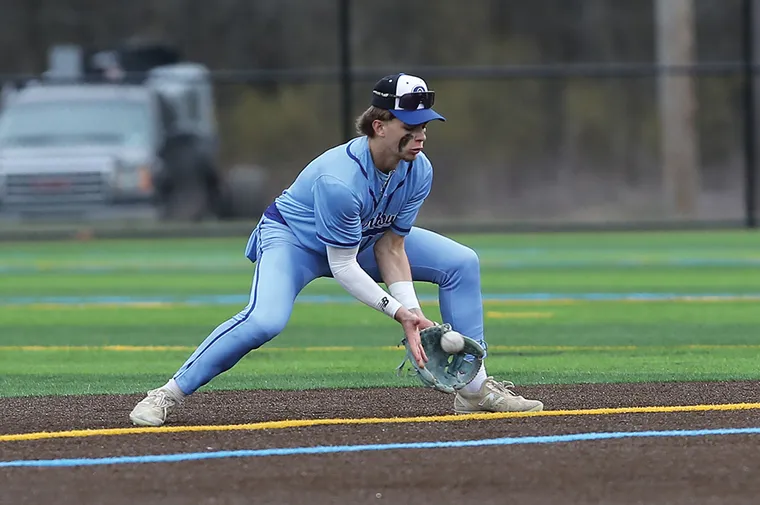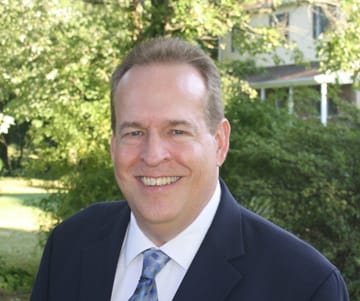From a patch of grass and dirt to a field of dreams
For Jon Pallone, head baseball coach at Quakertown Community High School in Quakertown, Penn., the umpire shouting “Play ball!” to begin the team’s March 2024 home opener took on special meaning.
He would no longer have to worry about where his team would practice or whether the field conditions were safe enough for play. The first pitch of the game introduced the school’s new, state-of-the-art, multipurpose field, home of the Quakertown Panthers’ baseball team.
“There aren’t many high schools in our region with a field like this. The team loves the playing surface, and they can even select their own walk-up music to play when they come to bat,” Pallone says. “For them, it’s like a field of dreams, and I don’t have to worry every day where we can practice or if we have to postpone a game because the field is unplayable.”


